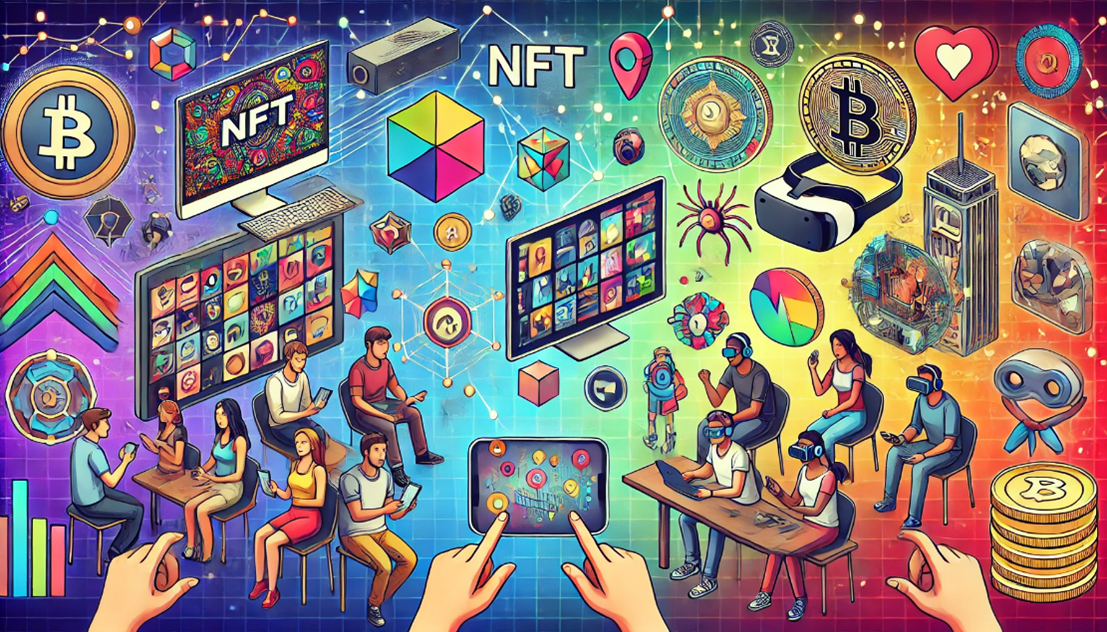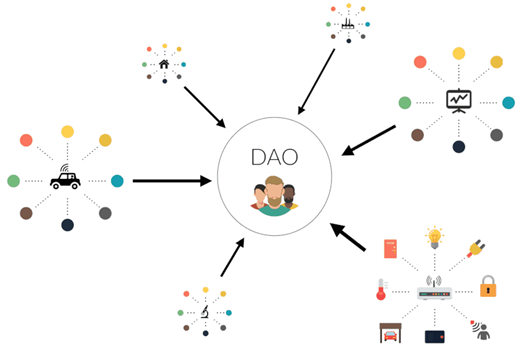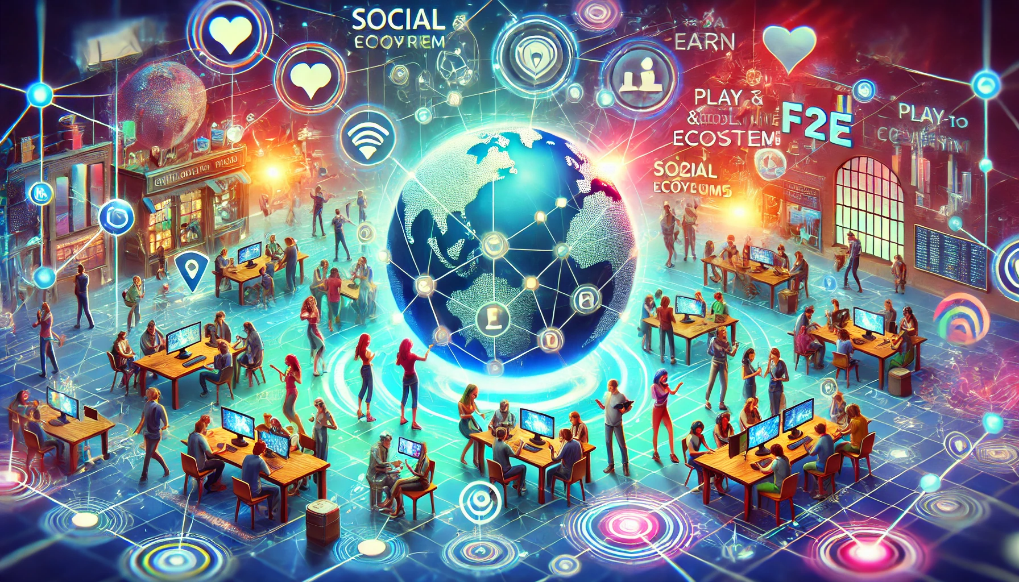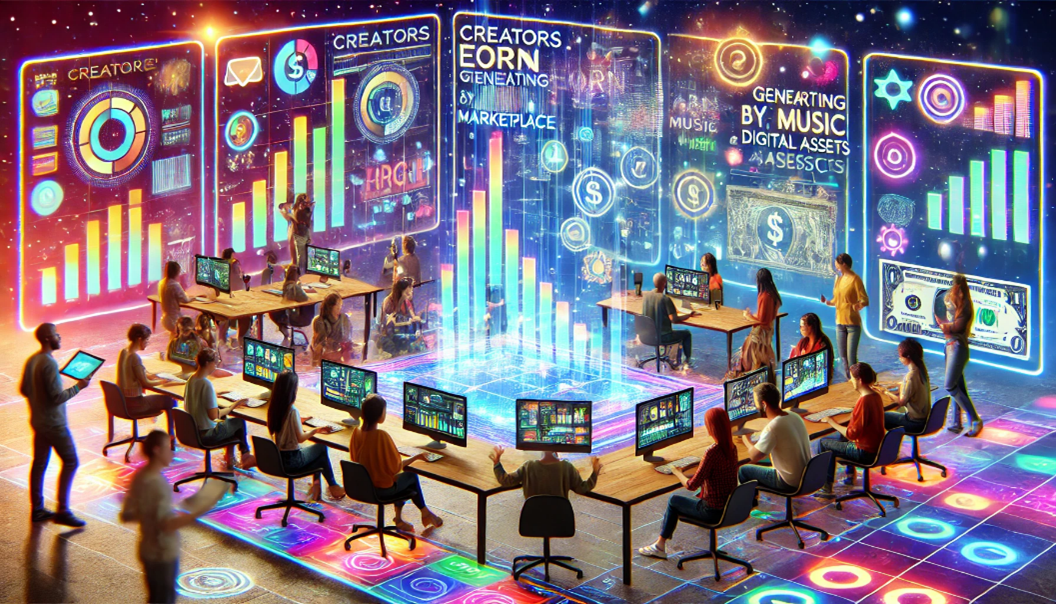How P2E games differ from traditional gaming models

How P2E games differ from traditional gaming models
by Maximilian 03:06pm Jan 09, 2025
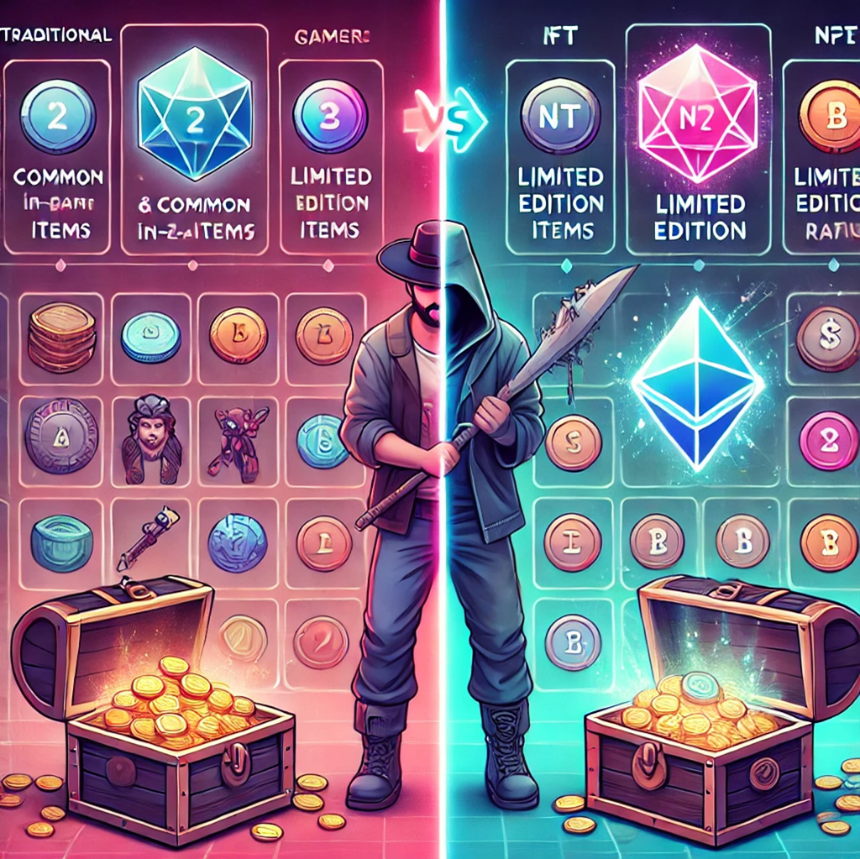
Play-to-Earn (P2E) games differ significantly from traditional gaming models, primarily due to the integration of blockchain technology, cryptocurrency, and the concept of players earning real-world value through gameplay. Here's a comparison of how P2E games contrast with traditional gaming models:
1. Monetary Rewards and Ownership
P2E Games: Players can earn real-world rewards, such as cryptocurrencies or NFTs (non-fungible tokens), for their time and achievements in the game. These rewards have tangible monetary value and can be traded or sold on blockchain platforms.
Traditional Games: In most traditional games, players earn in-game currency or rewards (like points, skins, or trophies), but these have no intrinsic value outside the game. There's usually no way to monetize achievements or in-game items.
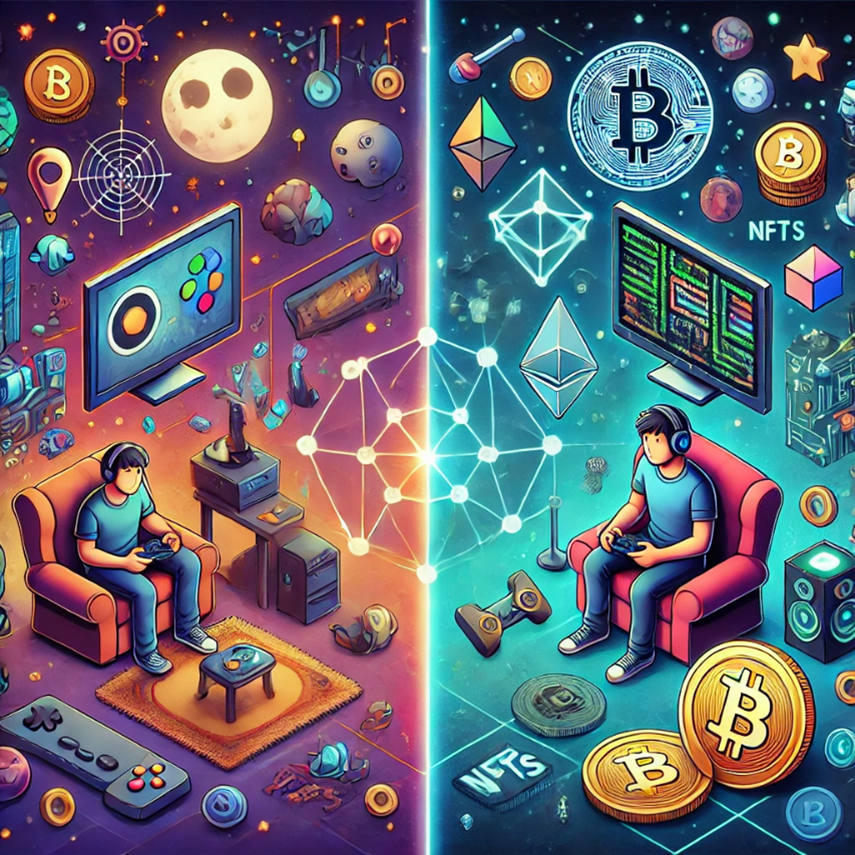
2. Blockchain Integration
P2E Games: P2E games operate on blockchain networks, where each item (e.g., weapons, characters, skins) is often represented as an NFT. Blockchain ensures true ownership of in-game assets, as players have direct control over their items and can transfer, sell, or trade them freely.
Traditional Games: Traditional games do not use blockchain technology. In-game items and currencies are owned by the game developer, and players have limited control over their assets. Items cannot be freely transferred or sold outside the game, and players typically cannot prove ownership.
3. Incentive Structure
P2E Games: The primary incentive for players in P2E games is financial. Players can earn tokens or NFTs that can be converted into cryptocurrency or real-world money. This creates a "play-to-earn" dynamic where time and skill are directly rewarded with tangible assets.
Traditional Games: Traditional gaming is generally centered around entertainment and skill-based progression. Players earn rewards like achievements, badges, and in-game currency, but these don’t have a direct financial value outside the game.
4. Economic Model
P2E Games: P2E games often have an integrated economy based on the game's internal tokens or cryptocurrencies. The value of these tokens can fluctuate based on supply and demand, meaning that players’ earnings are subject to market conditions.
Traditional Games: Traditional games rely on a one-time purchase model (e.g., buying the game) or subscription-based models. While some games offer in-game purchases (microtransactions), these do not typically lead to players earning money or assets that hold real-world value.
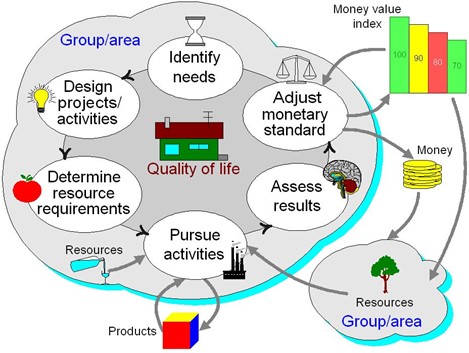
5. Governance and Decentralization
P2E Games: Many P2E games operate on decentralized platforms, meaning that governance of the game (rules, development decisions, etc.) may be influenced by players through mechanisms like DAOs (Decentralized Autonomous Organizations). Players can vote on updates, changes, and future development through the governance token.
Traditional Games: Traditional games are centrally controlled by developers and publishers, who make all decisions about gameplay, monetization, and updates. Players generally have no say in the governance of the game.
6. Player Control and Trading
P2E Games: In P2E games, players can own, trade, or sell in-game assets (like NFTs) on third-party markets, potentially making a profit. This creates a secondary market for in-game items and assets, with real-world economic implications.
Traditional Games: In traditional games, items and assets are often locked within the game, and players cannot sell or trade them for real-world money. Some games might offer trading between players, but this doesn’t usually extend to the broader economy.
7. Player Engagement and Time Investment
P2E Games: P2E games can encourage long-term engagement because players are incentivized to spend more time and effort in-game to earn valuable assets. The more players invest in the game, the higher their potential rewards in terms of cryptocurrency or NFTs.
Traditional Games: Traditional games are focused more on providing fun and enjoyment, and while they may reward players with in-game items or progress, there’s no direct financial incentive for playing. Players might invest a lot of time in a game, but that investment doesn’t result in real-world value.
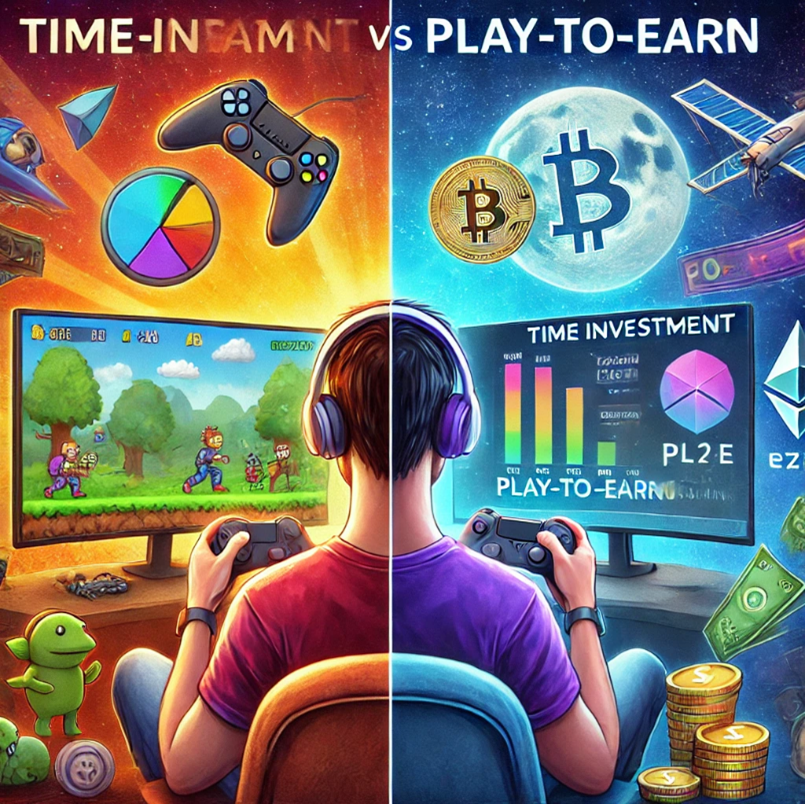
8. Sustainability and Scalability
P2E Games: The sustainability of P2E games is tied to the fluctuating values of the cryptocurrencies or NFTs involved. The economic model must remain balanced, and if the value of in-game tokens decreases or the player base shrinks, the rewards may diminish, affecting player participation.
Traditional Games: Traditional games have a more predictable and stable revenue model. Game developers earn revenue from game sales, in-game purchases, and subscriptions, which are not directly tied to volatile crypto markets.
9. Access to New Markets
P2E Games: The integration of blockchain allows P2E games to reach players from regions where traditional gaming platforms (like consoles or PC games) might be less accessible. For example, players in developing countries can access and participate in blockchain-based economies even with minimal initial investment.
Traditional Games: Traditional games are often limited by the platforms they are designed for (e.g., PC, consoles). Although mobile games have expanded access, traditional games still typically require more resources (like a gaming PC or console) and are often more regionally focused.
10. Rarity and Scarcity of Items
P2E Games: The concept of rarity and scarcity is central to P2E games. NFTs and in-game assets are often designed to be limited in number, creating a sense of value and exclusivity. Players can buy, sell, or trade these rare items, which can increase in value over time.
Traditional Games: While traditional games may include rare in-game items or skins, these items are typically only valuable within the context of the game itself and cannot be sold or traded for real-world money. They are also not typically scarce in the same way as NFTs.

In conclusion, P2E games emphasize the opportunity to earn real-world value through blockchain, cryptocurrency, and NFTs, transforming gaming into a potential economic activity. Traditional games, on the other hand, are focused on entertainment, skill, and progress without any direct financial return.



